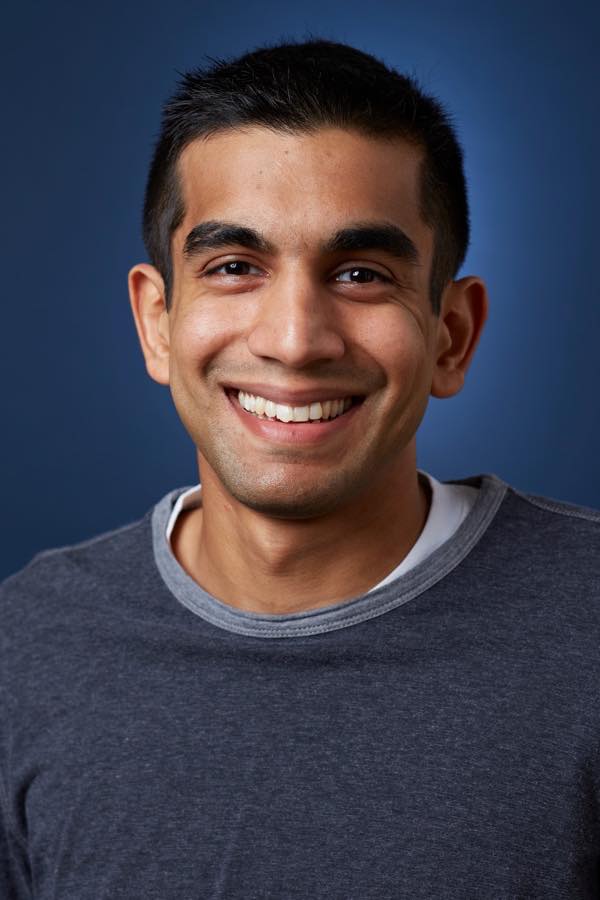Why TALE?
I did not have high hopes for this conference. I decided to submit a paper because the conference I would usually attend was in a country I did not want to visit. TALE was two hours drive away, and was an IEEE event, so that was enough for me. Early in the year I started the grueling process of preparing a paper.
Come submission time I volunteered to also review. That turned out to be an unexpected pleasure, the management system worked well and the papers were of good quality. It was hard to find what to reject, and I worried my paper would never get accepted, with this competition. However, my paper was accepted, with lots of changes being required.
The last major frustration was the formatting, where there was something being rejected by the IEEE system, but no one could tell me exactly what. However, after many attempts, and days of work, laboriously reformatting the paper with different tools (and introducing new errors along the way), it was finally okay.
The Venue
An international conference from Australia usually involves a flight of at least half a day. So it was a strange feeling to just get in my car and drive an hour and a half to Wollongong. This is a beach-side city and the venue,was right on the beach.Workshop Chatbot Tutors for Blended Learning
The workshops were held at University of Wollongong, a short free shuttle bus ride from the city. I chose "Chatbot Tutors for Blended Learning" by Chi-Un Lei, Yuqian Chai, Xiangyu Hou, and Vincent Tam from TELI at University of Hong Kong. I had in mind using this for routine questions from students. The workshop is using the free version of the IBM Watson tool. In a few hours I was able to produce a credible Q&A. The process with the chatbot doesn't look any
more time consuming that a quiz, with the AI system providing
flexibility. What seems to be missing from this process is the intelligence to create
the answers. For example, I would like to just give the system the
rules for the course assessment and have it work out the possible
questions and answers.
The Engineering of Learning
Learning Engineering
Later in the day Rebecca Shields (Central Queensland University) discussed the results of research on the "21st Century Skills" of Australian school students entering university. Rebecca suggested pre-teaching of students entering university, and in the longer term changes to school teacher training and education policy. Her proposed solution's would help answer Professor Kennedy's call for more systematic application of learning science.
Smart Learning at the University of the South Pacific
Pedagogical Tools". USP is multi-national, with students who have studied under different school systems. They have an "early warning system" which extracts data from their Moodle Learning Management System to indicate which students are struggling. This was useful actionable advice.
Globalization of Chinese Education
Liang Zhao
from Shenyang Aerospace University was talked on "How We Face
Globalization of Chinese Education". International students in China are instructed in
English, even though this is not the first language of the instructors or the students. Australian universities will need to re-think their offerings, if China solves this problem, and takes most of the international student market in our region.
Arjun Singh on Gradescope
 Arjun Singh, Co-Founder & CEO of Gradescope talked on grading of large numbers of STEM exam papers. This product, recently acquired by TurnItIn, allows student exam papers to be scanned in, and then marked online by an examiner, using a rubric. The product was demonstrated for
engineering and computer science examinations, including for computer
code.
Arjun Singh, Co-Founder & CEO of Gradescope talked on grading of large numbers of STEM exam papers. This product, recently acquired by TurnItIn, allows student exam papers to be scanned in, and then marked online by an examiner, using a rubric. The product was demonstrated for
engineering and computer science examinations, including for computer
code.Blended Learning for the Indo-Pacific
 My own paper was near the end of the conference: "Blended Learning for the Indo-Pacific". This proposal has been entered in the the Solomon Islands Technology for Development Challenge to provide Micro-credentials by Mobile Phone for the Solomon Islands.
My own paper was near the end of the conference: "Blended Learning for the Indo-Pacific". This proposal has been entered in the the Solomon Islands Technology for Development Challenge to provide Micro-credentials by Mobile Phone for the Solomon Islands. 
No comments:
Post a Comment